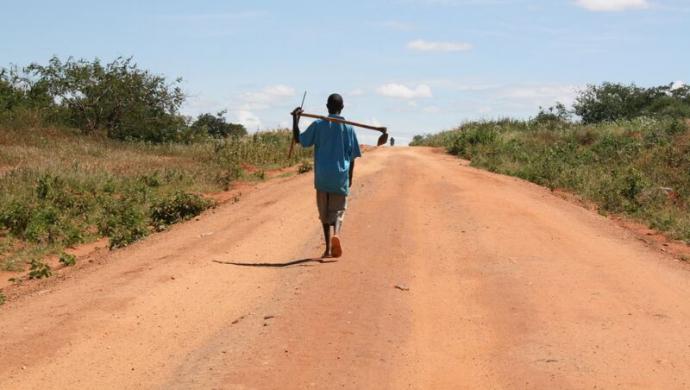The high death toll in 2005 from tsunamis, hurricanes, typhoons, mudslides, earthquakes, volcanoes, locusts and pandemics can not necessarily be blamed on “natural” disaster, according to the UN health agency which Wednesday pointed to a complex mix of human and natural factors that led to tragedy in those events.
The UN World Health Organization (WHO) said that routine climate change, global warming influenced by human behavior, socioeconomic factors causing poorer people to live in risky areas, and inadequate disaster preparedness and education on the part of governments as well as the general population were part of that mix.
– I do not like to use the term “natural disasters”, said Ciro Ugarte, Regional Advisor for Emergency Preparedness and Disaster Relief with the Pan American Health Organization (PAHO) in Washington DC. He explained that these events would not have such a devastating effect on peoples lives without other factors at play.
The year 2005 did see the aftermath of the 26 December 2004 earthquake and tsunami waves in Asia, as well as hurricanes in central and north America, notably Katrina, which triggered flooding in the United States city of New Orleans, and the 8 October earthquake in Pakistan and India.
The year also saw famine after crops were destroyed by locusts in Niger and a volcano in El Salvador that was followed by Hurricane Stan.
From January to October 2005, over 97.000 people were killed in disasters globally, with some 88.000 of those deaths resulting from so-called natural disasters, according to the Center for Research on the Epidemiology of Disasters (CRED), a WHO institution that operates a global disaster database in Belgium.
Such deaths have been increasing since 1975. However, natural phenomena do not always generate human disasters.
Dr. Ugarte of PAHO noted that in 2005, several earthquakes that struck in South America were of a higher magnitude than the one that devastated northern Pakistan and parts of India in October, but these hit sparsely populated areas and therefore caused less damage.
The same goes for several tsunamis in 2005 which were not deemed “disasters” because they didn’t endanger anyone, Dr. Ugarte said.
Natural phenomena are likely to affect more people because the global population has increased to about 6,5 billion people and is projected to reach 9,1 billion people in 2050, according to UN figures.
One of the earliest recorded disasters, the eruption of Vesuvius in 79 AD, buried the ancient Roman city of Pompeii killing about 10.000 people. Today, 2 million people live within its possible range.
Another important factor is environmental degradation, according to Marko Kokic, spokesperson for WHOs Health Action in Crisis Department. He noted that natural events in Caribbean and Indian Ocean lands were amplified because of deforestation and stripping of vegetation from coastlines.
Disasters are also a consequence of development and industrialization, he said. In Europe, experts believe that countries such as France and Germany are more adversely affected by floods today because major rivers, such as the Rhine, have been straightened to ease commercial traffic.
Global warming as well as routine, cyclical climate changes are causing a higher number of strong hurricanes in the Caribbean, meteorologists say.
Add to that the increasing number of people living in substandard housing and on coastlines, as well as the destruction in a crisis of hospitals and other essential infrastructure and you have the potential for more devastating disasters than a few decades ago, WHO concludes.
Kilde: FNs nyhedstjeneste















